Sometimes we get so hung up on sharpness that we forget just how great a bit of blur can be. Dial in a long exposure setting on your camera and motion blur can give an ethereal look to waterfalls, and smooth the surface of rivers, lakes or even the sea. Elsewhere, long exposures are also great for blurring passing vehicles and pedestrians, effectively erasing them from bustling city scenes.
But how can you use a really slow shutter speed in bright daylight, without getting massively overexposed images? The answer comes in the form of the ND (neutral density) filter. High-density 10-stop filters are particularly popular, enabling you to stretch your exposure time, for example, from 1/60th of a second to around 15 to 20 seconds, without changing the aperture or ISO setting.
Sometimes a 10-stop ND filter will be too powerful. For example, you might want to take portraits on a sunny day, using a wide aperture to give a tight depth of field that blurs the background. The problem here is that to maintain a good exposure with a really wide aperture you’ll usually need a faster shutter speed than your camera can deliver; an ND filter with a more modest density, typically equating to around two or three f-stops, is the solution.
Many manufacturers now make ND filters in a large range of stopping powers, from a single stop to 10 stops or even more
Many manufacturers now make ND filters in a wide range of stopping powers, from a single stop to 10 stops or even more – you may need to get two or three different densities to suit your needs. Another option is to go for a so-called 'fader' or ‘variable ND’ filter. These are constructed from a pair of polarizing filters and, when one is rotated against the other, you can typically adjust the stopping power between two and eight stops. Regular ND filters tend to enable better image quality for stills photography and are more straightforward to use, while fader filters are generally more popular with videographers.
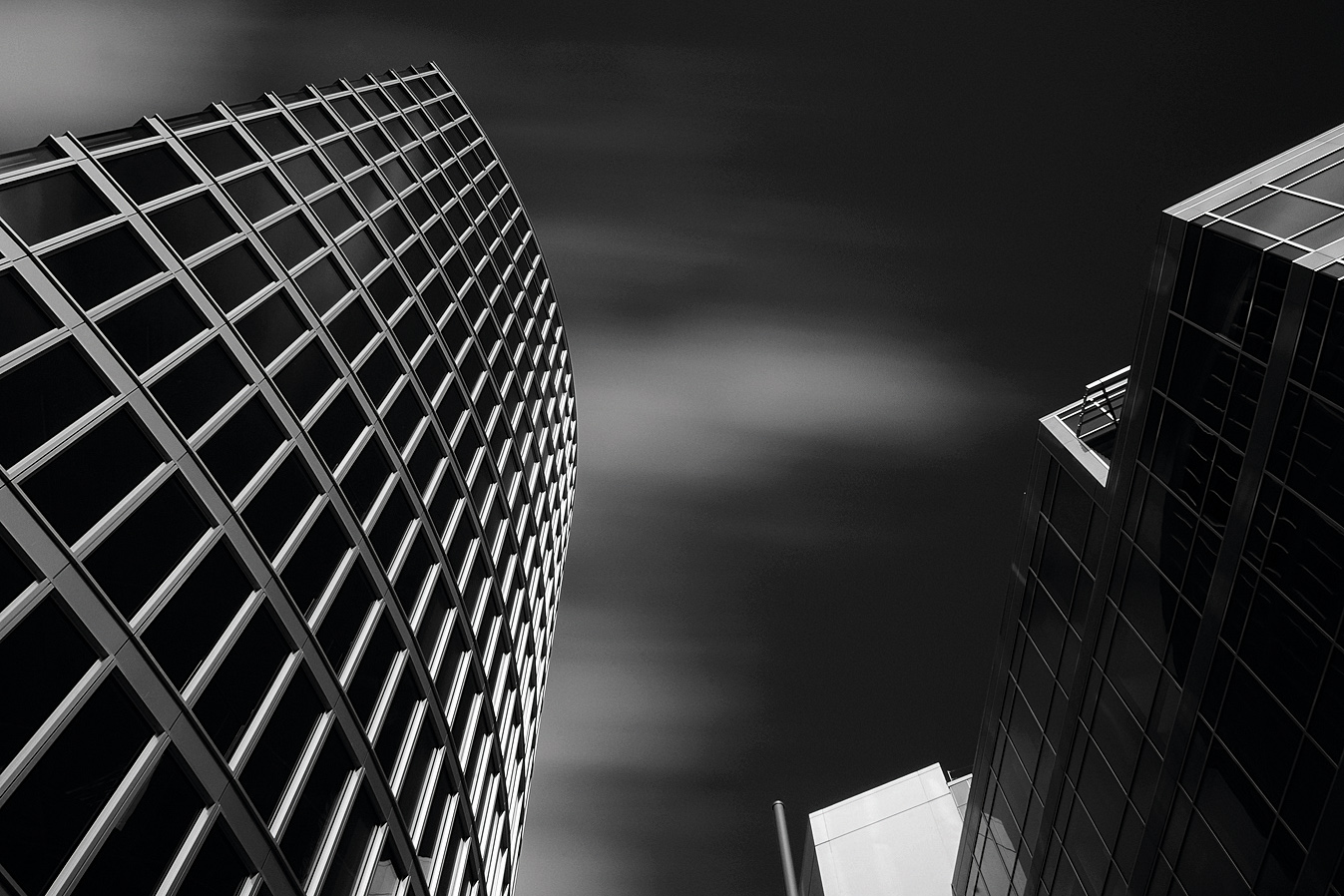
A major buying consideration is whether to go for square filters that mount in a holder and attach to the lens via an adaptor ring, or to buy circular screw-in filters. The complete system for a square filter can work out expensive, but you can end up saving money if you’re buying several filters or more. A range of basic adapter rings can also make it easier to use square filters with a variety of lenses that have different attachment thread sizes.
With high-density filters, it’s often preferable to compose the shot, focus the lens and take light meter readings before fitting the filter. This is because the viewfinder image can be very dark with the filter fitted, even under bright sunlight. Square filters are therefore more straightforward to use, as you simply need to slide them in and out of the holder, rather than repeatedly screwing them onto the lens and unscrewing them again. However, with digital cameras becoming increasingly proficient in Live View mode, it can be easier to fit the filter and then to use the rear LCD (or electronic viewfinder, if featured) for shooting.
Below we've listed six of the best ND filters and filter systems from the leading manufacturers.

The B+W line of filters is made by the legendary German photographic outfit, Shneider Kreuznach. The company’s ‘MRC’ filters were the first to feature a multi-layer coating, that repels dirt and moisture as well as offering anti-reflective and scratch-resistant properties, all of which are useful in high-density filters.
Construction quality is good, based on a slim-profile brass mount with a black anti-reflective coating. 1, 2, 3, 6 and 10-stop filters are available, mostly with attachment threads ranging between 25.5mm and 122mm. As usual, larger sized filters are more expensive to buy, and not all densities are available in all sizes. Performance is good overall, but we experienced a noticeable red color shift during our tests.
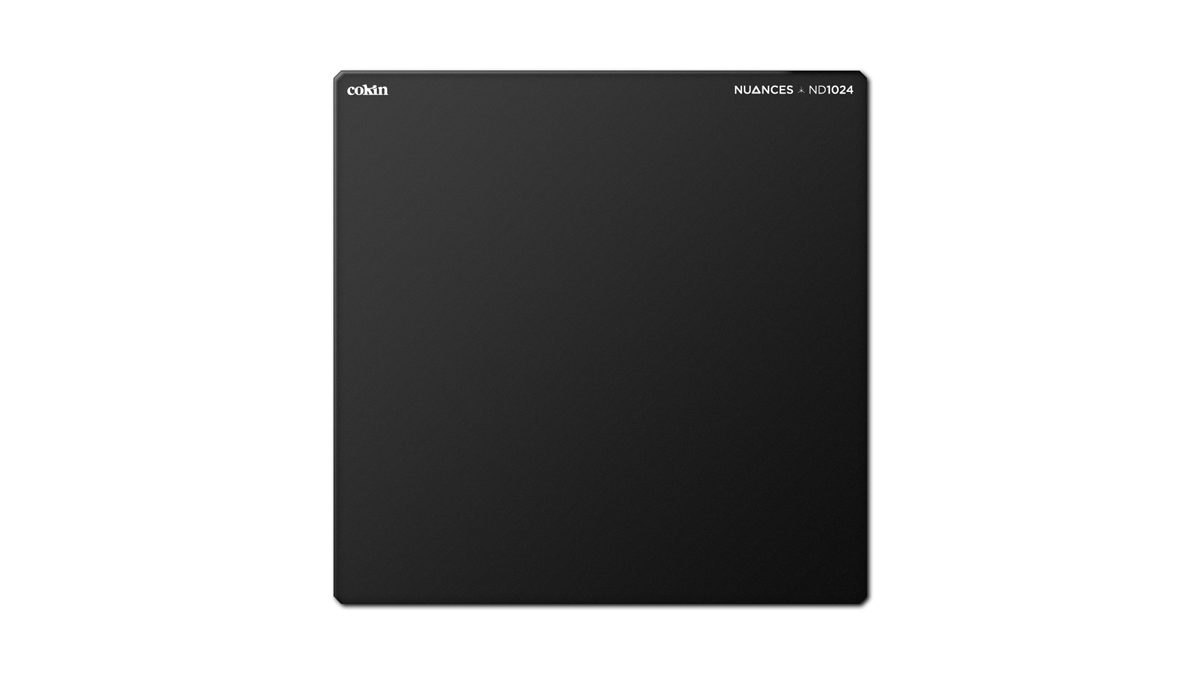
Cokin made the square filter system famous, as well as bringing creative filters to the masses. Its latest ND Nuances filters are available in 1, 2, 3, 5, 8 and 10-stop options, in a ‘large’ size that’s compatible with 100 x 100mm holders, including Cokin’s own Z-Pro holder. The 5, 8 and 10-stop filters are also available in ‘medium’ size, for the P-series 84mm holder, while the 5 and 10-stop filters add an ‘XL’ option for X-Pro 130mm holders.
While many Cokin filters are plastic or resin, these are made from Schott mineral glass with a nano-structure metallic alloy coating, to optimize light transmittance while minimizing reflections. They proved very effective in our tests, with minimal color shift.
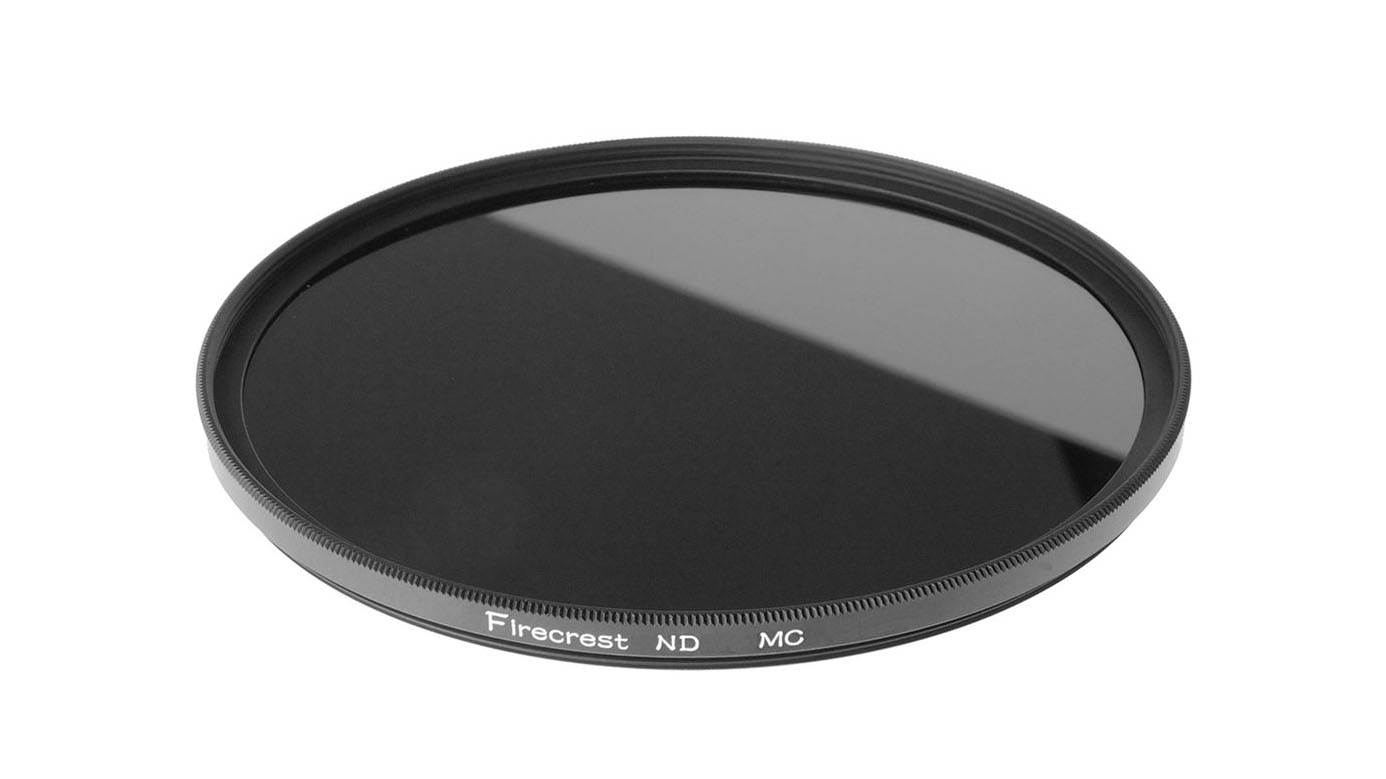
Based in Wales, the Formatt Hitech company manufactures a wide range of high-quality filters, and its Firecrest ND filters come in a wider range than most. For starters, you can choose between square or circular options. Square filters are available in five popular sizes to fit pretty much any holder type, and in everything from 1-stop to 10-stop densities, in single-stop increments. Then there are Firecrest 13 and 16 options, with 13-stop and 16-stop ultra-high-density ratings respectively.
In the round camp, there are ‘super-slim’ stackable circular filters available in a huge range of 29-127mm thread sizes. Again, single-stop increments are available between 1-stop and 10-stop, while the 13-stop and 16-stop circular filters are available in 72mm, 77mm and 82mm sizes. Superbly well made, Firecrest ND filters are based on ‘rare earth metals’ applied to glass by an electrolytic process. They preformed extremely well in our tests, with excellent color accuracy.

Just as Cokin made square filters famous, Hoya is the first name most people think of for circular, screw-in filters. Typical of the company's output, the ProND range of filters is well crafted from high-quality materials, and features black frames that help to minimize unwanted reflections. Light-stopping power comes courtesy of ‘ACCU-ND’ metallic coatings, which enable precise levels of light reduction with negligible color shift.
The range has grown to include nine filters which give reductions of between one and nine f/stops, most with a variety of thread diameters from 49mm up to 82mm. For really high stopping power, there’s a 10-stop ProND 1000 filter in 46-95mm sizes, and a 16.6-stop ProND 100000 in 58-82mm sizes. Prices are pretty competitive throughout the range, and throughout our tests we found performance to be fabulous.
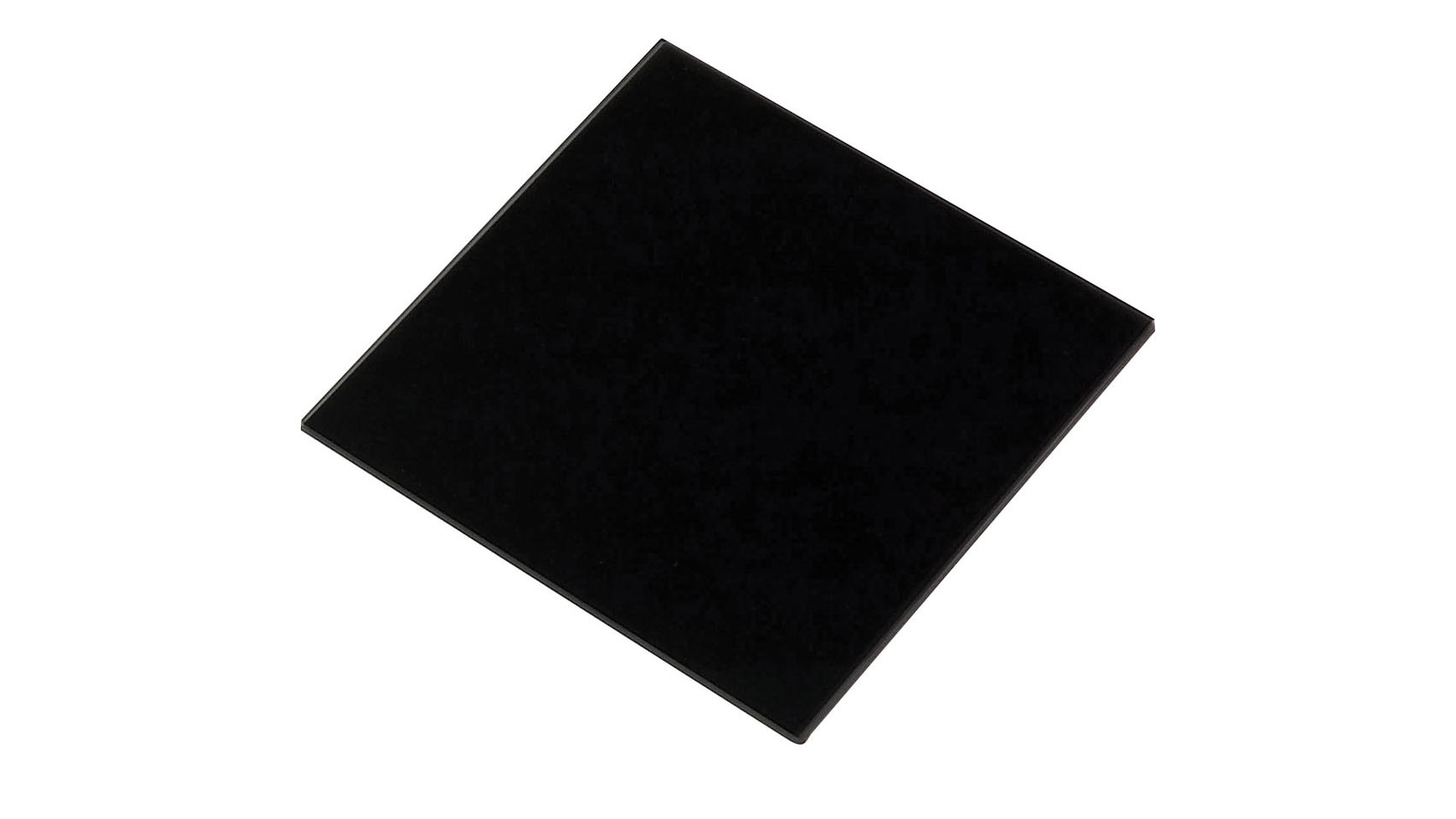
Famous for its hand-made, high-quality filters, Lee is a British company that was established back in 1967. One of its most famous filters is the Big Stopper, which has a 10-stop rating. The Stopper range of square filters has now been extended to include the Little Stopper, with a 6-stop rating, and the 15-stop Super Stopper. Different physical sizes are available for each filter, to suit Lee’s Seven5 (75mm), 100mm and SW150 (150mm) holders.
Lee filters and the holder components certainly don’t come cheap, but build quality is excellent throughout. Overall, the system works extremely well and is ideally suited to pro-grade photography. Indeed, the SW150 Mk II filter system includes adapters for leading ultra-wide lenses with built-in hoods, which preclude the attachment of a holder via a screw-in adaptor ring. There’s even a companion app that enables you to calculate the right exposure when adding any Stopper filter.
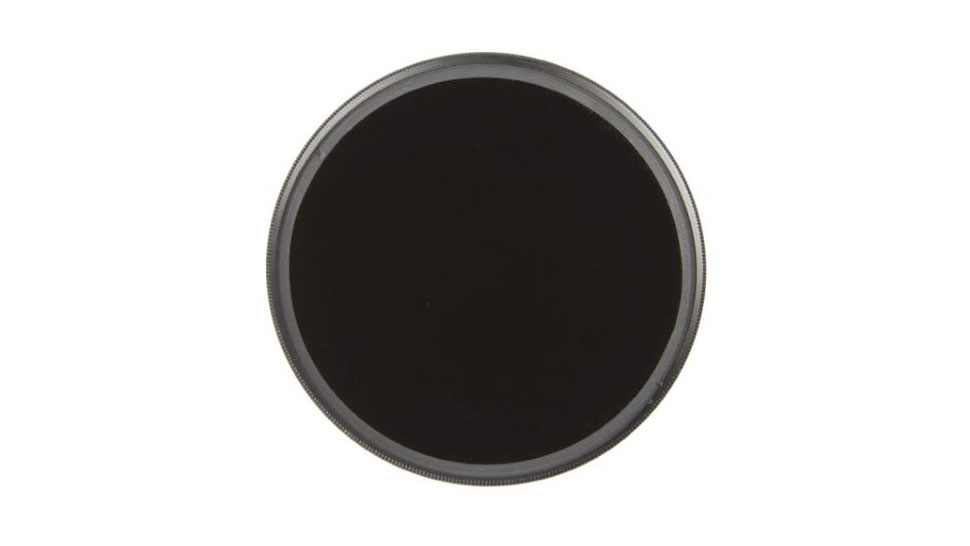
Many ND filters command three-figure asking prices, so it’s worth asking yourself how often you’d actually use one. If you want something that’s just for occasional use, or you want to try out the technique of shooting with a high-density filter, it pays to look at budget options. The SRB ND 1000 circular screw-in filter is remarkably inexpensive to buy, starting at from around £10 / $ 13 / AU$ 17 to £30 / $ 40 / AU$ 50 depending on size. The range stretches from 40.5mm to 82mm, so covers most eventualities.
Despite the relatively low selling prices, construction quality and performance are very pleasing. Our test images had a slightly warm color cast, but the light-stopping effect was very even across the whole frame, and vignetting was negligible, even with wide-angle lenses. A ‘Rugged’ range of ND 1000 filters is also available, with a grooved outer ring that makes for easier fitting and removal, and SRB also sells less powerful ND filters in 1, 2, 3 and 4-stop options.